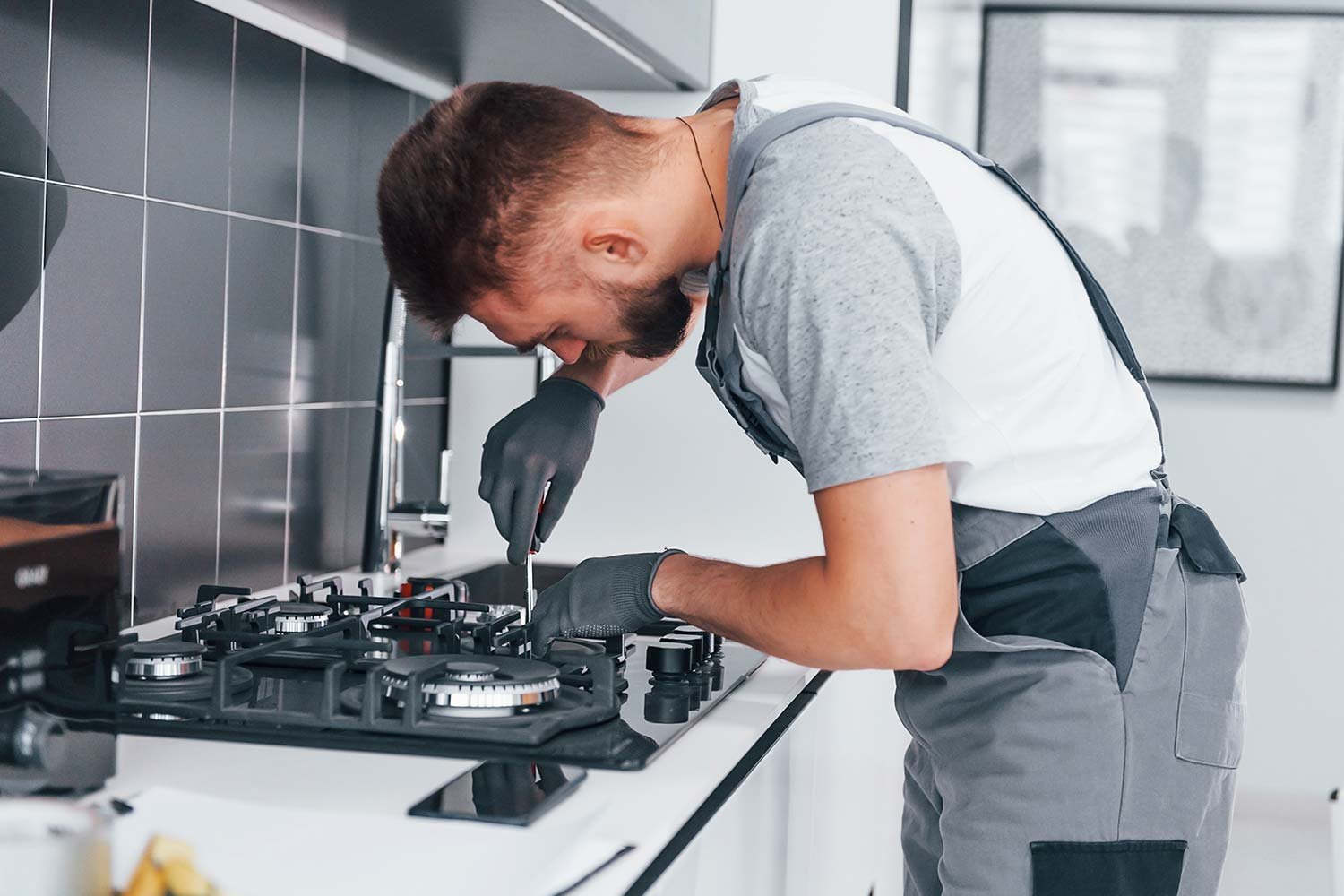The benefits of solar hot water systems
Solar systems cost more to buy and install but the extra upfront cost will be recovered over the life of the system through reduced energy bills. Solar systems will recover their costs more quickly in larger households, in warmer parts of the country, or where there is plenty of access to sunlight.
The benefits of solar hot water far outweigh the upfront cost:
The difference in cost will be paid back as you’ll spend less on heating water.
You will reduce the amount of greenhouse gases your home produces
And of course another major benefit of solar systems is that they use a renewable energy resource.





